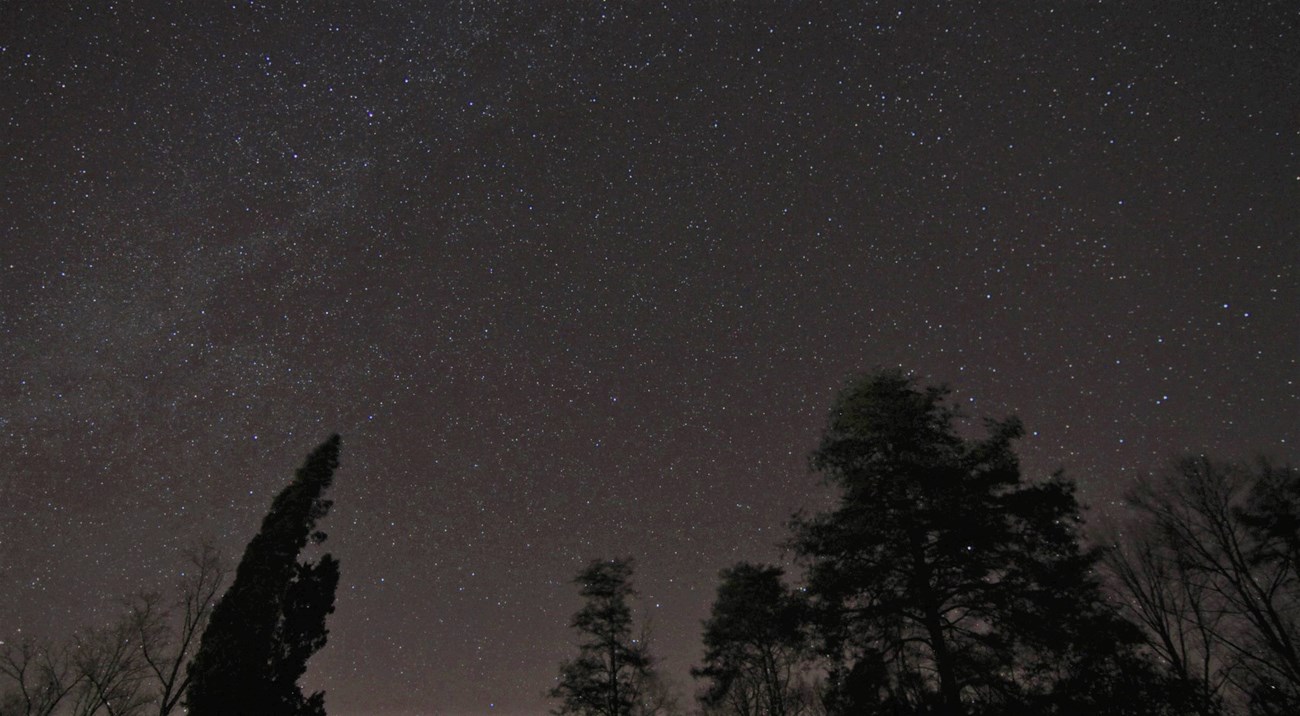
NPS Photo In 2021, Mammoth Cave National Park was recognized by the International Dark-Sky Association (IDA) as one of the world’s newest International Dark Sky Parks. Becoming a Dark Sky ParkThe International Dark Sky Application process for Mammoth Cave required documenting strong community support to protect dark skies, evaluating over 700 outdoor light fixtures in the park, retrofitting light fixtures to make them dark-sky friendly, developing a plan to manage outdoor lighting into the future, and demonstrating a commitment to promote dark skies to park visitors and neighbors. Why Protect the Night Sky?For thousands of years humans have found inspiration for art, literature, mythology, and science from gazing upon the stars above. The constellations have led exploders to new horizons and served as calendars for ancient cultures. Yet today, humanity has become disconnected from our cultural heritage of observing the night sky. Stargazing in the ParkA journey to the park can be a great opportunity to gaze upon the night sky. Learn more about stargazing in the park and find tips to make your experience enjoyable. Junior Ranger Night ExplorerExplore the starry side of your national parks and become a Junior Ranger Night Explorer. |
Last updated: December 8, 2021
